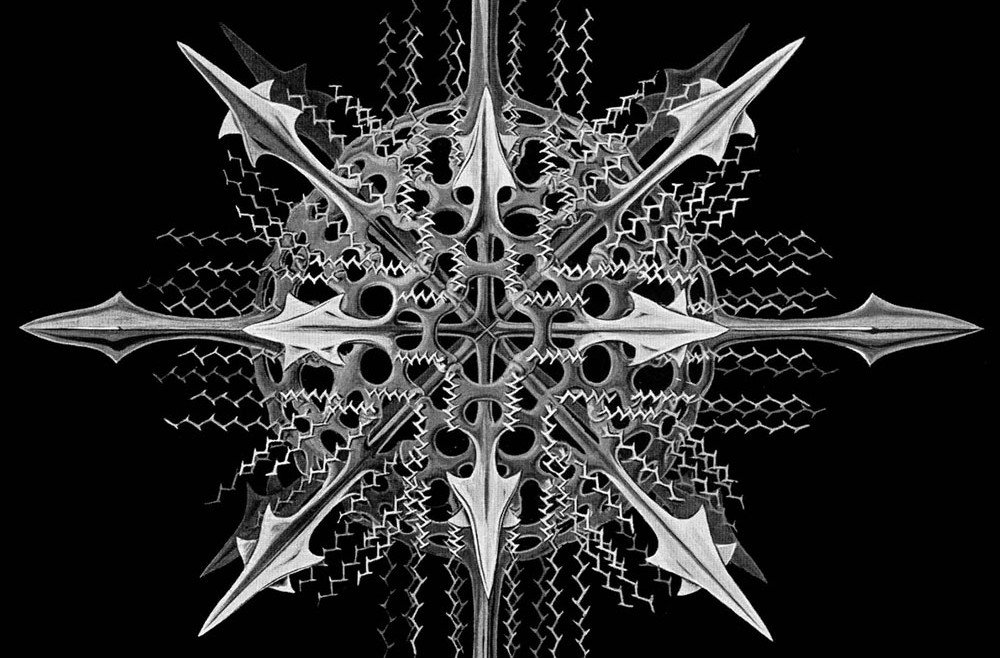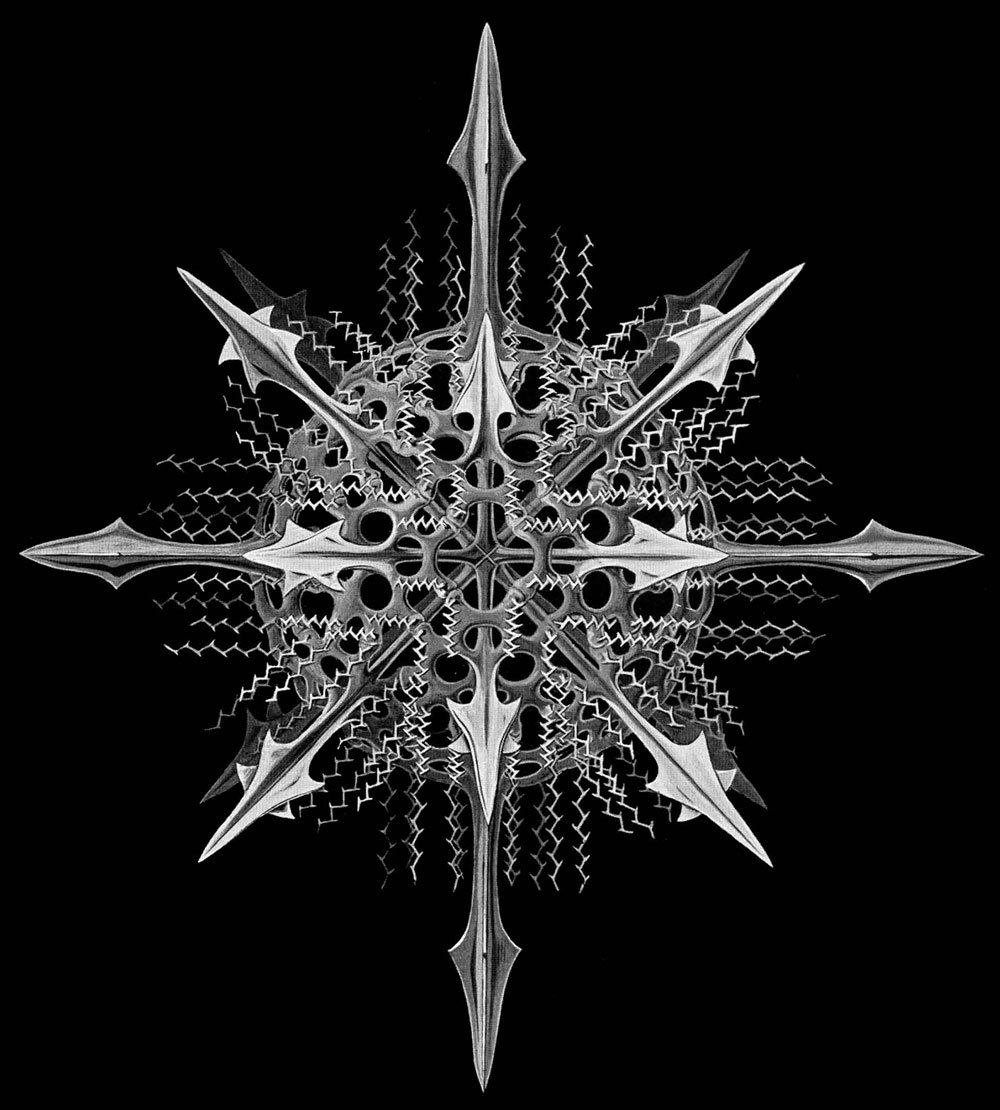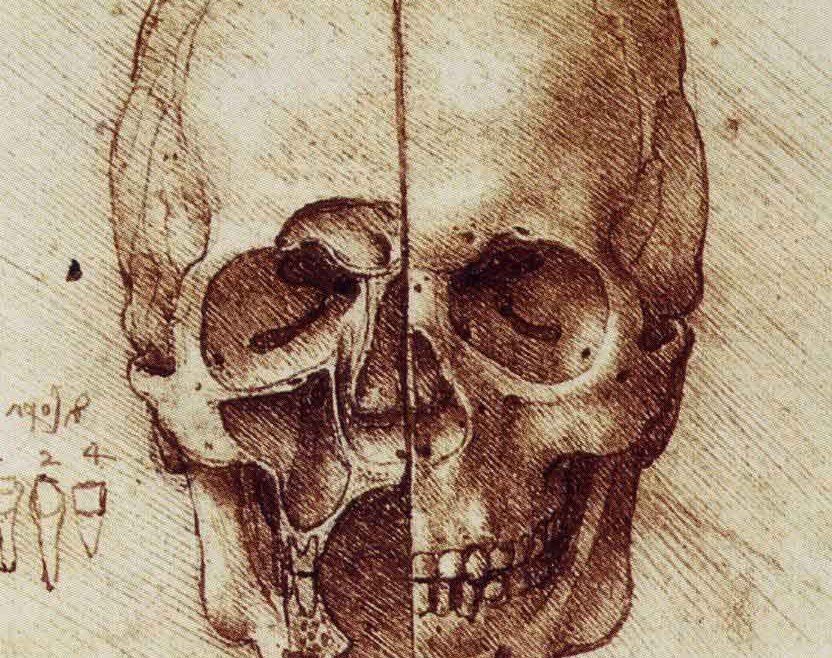32 Symbols found in Ancient Caves from Europe
https://linesandmarks.com/wp-content/uploads/genevieve-von-pentzinger-cave-drawings-6.jpg 1080 607 Lines & Marks Lines & Marks https://linesandmarks.com/wp-content/uploads/genevieve-von-pentzinger-cave-drawings-6.jpg“I often find myself wondering what drove these people to go so deep to brave dangerous and narrow passageways to leave their mark?”
Engraved figures from Grotta dell’Addaura in Sicily, from TEDx Conference with Genevieve von Petzinger (2015)
“Geometric signs have long been considered as important, and no cave art researcher has neglected them, at least since Leroi-Gourhan’s seminal work in the mid-1960’s. What is new and exciting in Genevieve von Petzinger’s research is, thanks to the possibilities of the computer, she has completed a data base of the geometric signs from 146 painted caves, attempting to analyse their relationships to one another.” (Bradshaw Foundation)
“The repetition of the same signs, for so long, and at so many sites tells us that the artists were making intentional choices. If we’re talking about geometric shapes, with specific, culturally recognized, agreed-upon meanings, than we could very well be looking at one of the oldest systems of graphic communication in the world. (…)
The oldest systems of graphic communication in the world — Sumerian cuneiform, Egyptian hieroglyphs, the earliest Chinese script, all emerged between 4,000 and 5,000 years ago, with each coming into existence from an earlier protosystem made up of counting marks and pictographic representations, where the meaning and the image were the same. So a picture of a bird would really have represented that animal. It’s only later that we start to see these pictographs become more stylized, until they almost become unrecognizable and that we also start to see more symbols being invented to represent all those other missing words in language — things like pronouns, adverbs, adjectives.” (Genevieve von Petzinger)





